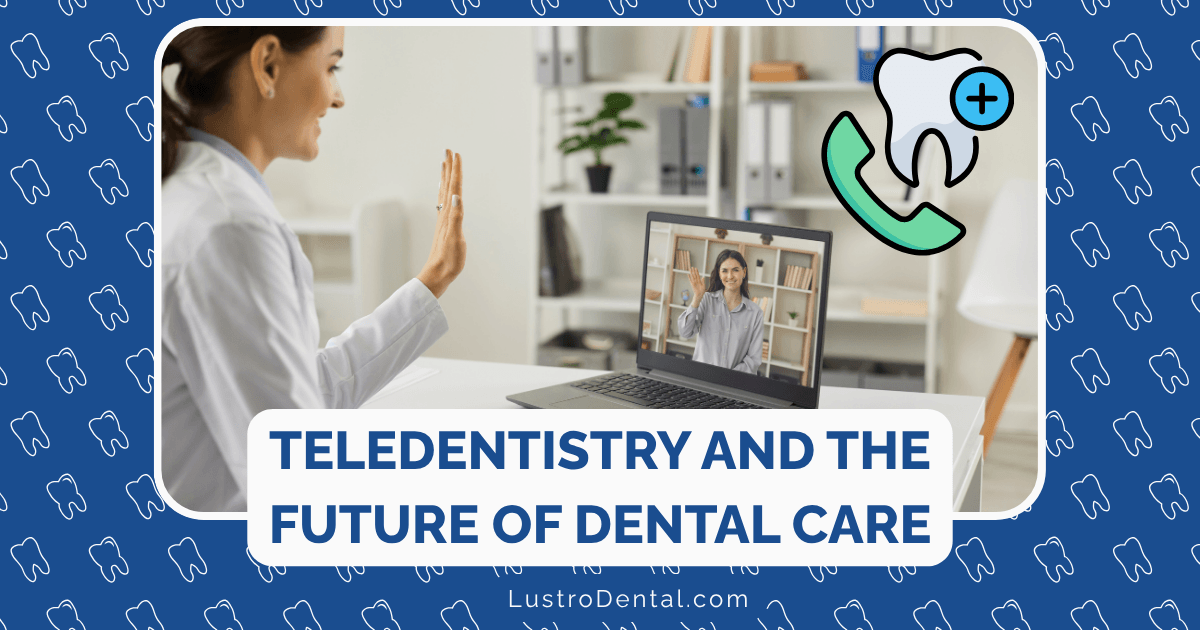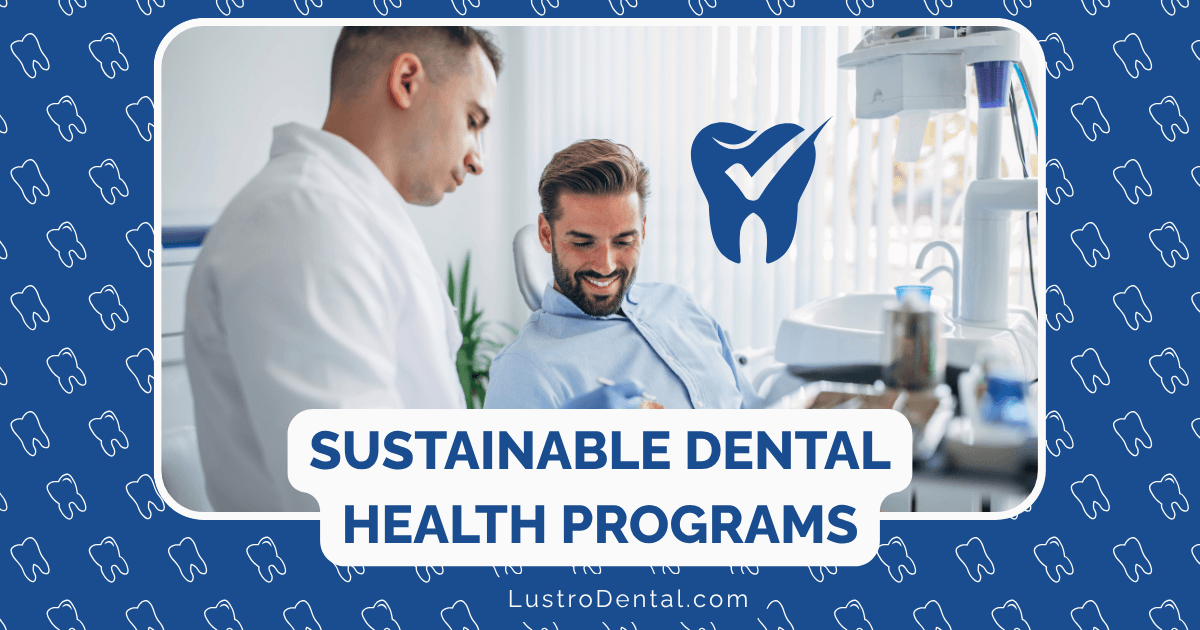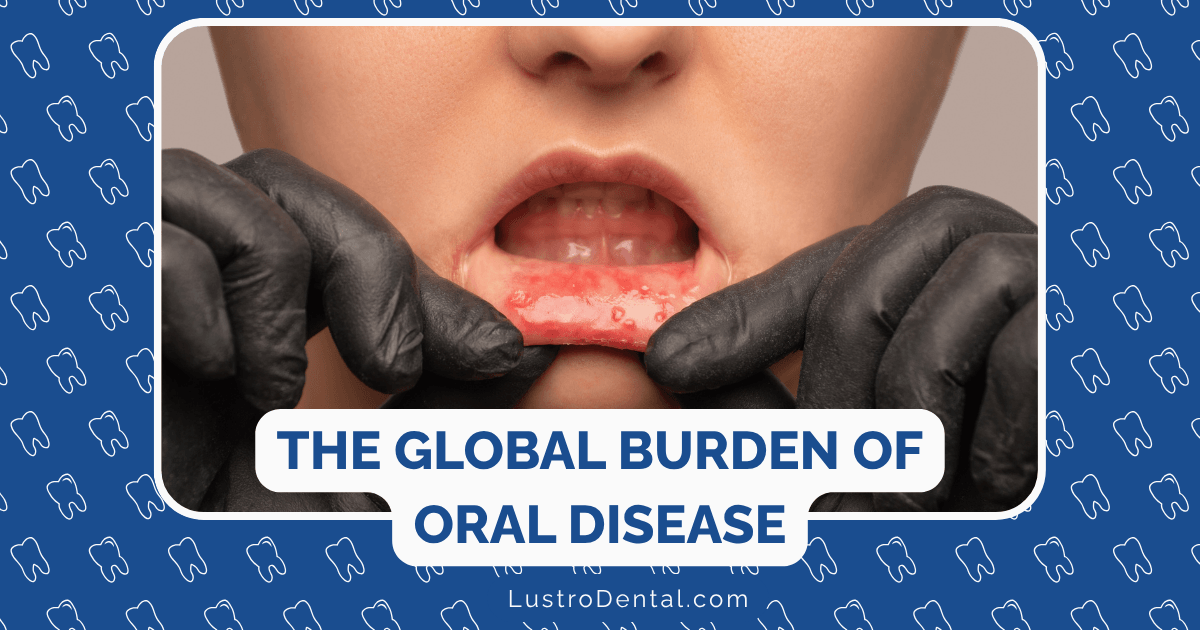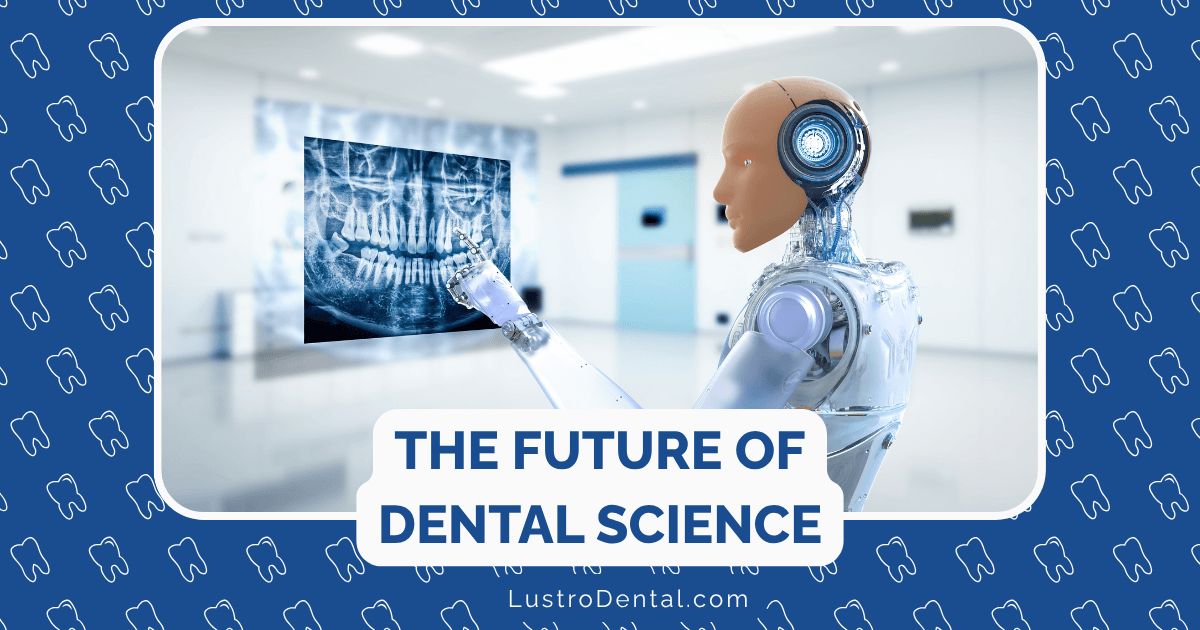How Global Research Collaboration Is Advancing Dental Care Everywhere
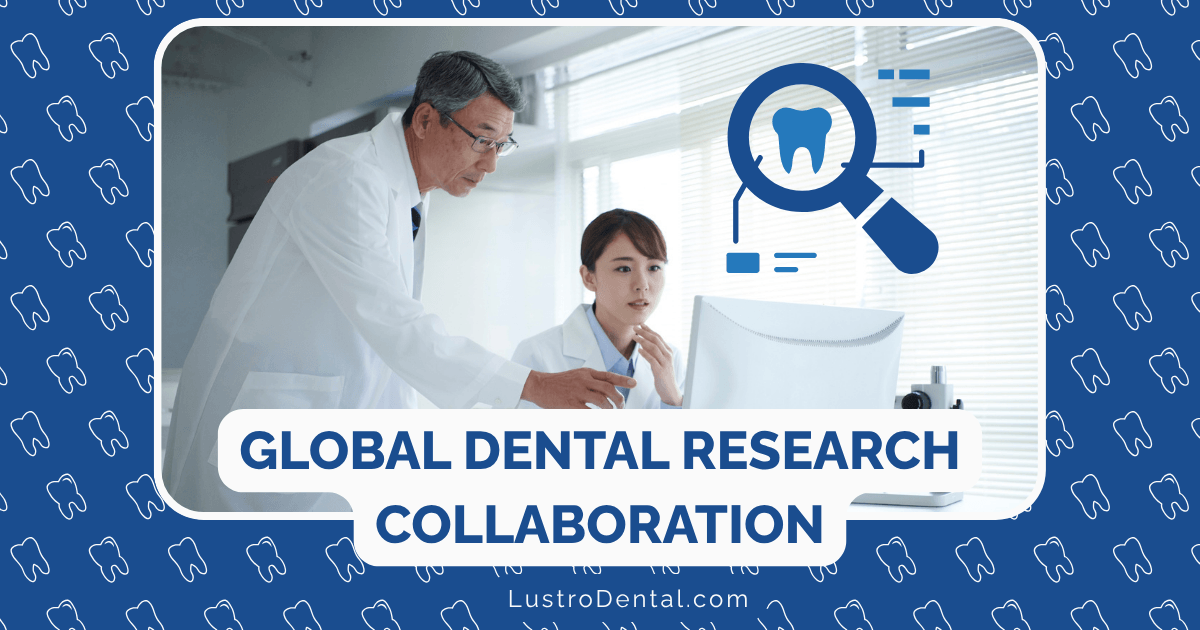
In an era where health challenges transcend borders, the future of dental care increasingly depends on international collaboration. Researchers, clinicians, and institutions around the world are joining forces to tackle oral health issues, develop innovative technologies, and ensure that advancements in dental care reach everyone—from high-tech urban centers to remote rural communities. Let’s explore how global research partnerships are transforming dentistry and improving oral health outcomes worldwide.
The Power of Global Collaboration in Dental Research
The complex challenges facing dental care today—from antimicrobial resistance to the oral health implications of aging populations—require diverse perspectives and multidisciplinary approaches. Global research collaboration offers several distinct advantages:
Pooling Resources and Expertise
When researchers from different countries collaborate, they bring together:
- Diverse clinical experiences and perspectives
- Complementary technical skills and specializations
- Access to varied patient populations for more robust studies
- Combined funding resources for larger, more ambitious projects
Accelerating Innovation Through Knowledge Sharing
International collaboration speeds up the research-to-practice pipeline by:
- Reducing duplication of efforts
- Enabling faster validation of findings across different populations
- Creating platforms for rapid dissemination of breakthroughs
- Fostering cross-pollination of ideas from different scientific traditions
Addressing Global Oral Health Inequalities
Perhaps most importantly, international research partnerships help address the stark disparities in oral health that exist worldwide:
- Developing affordable technologies suitable for low-resource settings
- Creating preventive strategies tailored to different cultural contexts
- Building research capacity in developing countries
- Ensuring that innovations benefit all populations, not just the wealthy
According to the World Health Organization (WHO), collaborative research is essential for achieving the goal of universal oral health coverage and reducing the global burden of oral diseases, which affects nearly 3.5 billion people worldwide.
Major Players Fostering Global Dental Research
Several organizations are at the forefront of promoting international collaboration in dental research:
International Association for Dental Research (IADR)
With over 10,000 members globally, the IADR serves as a crucial platform for international collaboration. Their initiatives include:
- Global Oral Health Inequalities Research Agenda (IADR-GOHIRA®): Launched to generate evidence-based strategies to reduce oral health inequalities within a generation
- Research Networks: Topic-specific networks that connect researchers across countries
- Annual General Sessions: International conferences that bring together researchers from around the world
- Innovation in Oral Care Awards: Joint awards with Haleon that provide up to $50,000 for innovative research, requiring collaboration between dental scientists and researchers from other fields
WHO Collaborating Centers for Oral Health
The WHO has designated several dental institutions as Collaborating Centers, creating a global network focused on improving oral health. For example:
- NYU College of Dentistry: Designated as a WHO Collaborating Center for Quality Improvement and Evidence-based Dentistry, it works on developing and disseminating novel approaches to oral health education, prevention, and disease control
- Niigata University, Japan: Focuses on prevention of oral diseases in aging populations
- Radboud University, Netherlands: Specializes in quality assessment and improvement of oral healthcare
National Dental Practice-Based Research Network
While based in the United States, this network collaborates internationally to conduct practice-relevant research:
- Dental Implant Restoration Registry: Collecting data on 2,000 implants to study complications and treatment strategies
- Periodontal Adjunctive Antibiotics Study: The largest randomized clinical trial assessing the effectiveness of antibiotics in periodontal therapy
- COVID-19 Research: Studies on virtual dental visits and PPE effectiveness during the pandemic
Breakthrough Areas from Global Collaboration
International research partnerships have led to significant advances in several key areas:
Regenerative Dentistry
Perhaps the most exciting frontier in dental research, regenerative dentistry aims to regrow damaged dental tissues rather than simply replacing them with artificial materials.
Global Collaboration Example: A multinational team from the United Kingdom, Japan, and the United States has made significant progress in tooth regeneration using stem cells. Their research has demonstrated the potential to grow entire tooth structures in laboratory settings, potentially eliminating the need for artificial dental implants in the future.
According to research published in the Journal of Dental Research, these collaborative efforts have led to:
- Successful regeneration of dentin-pulp complex in animal models
- Development of biocompatible scaffolds that support dental stem cell growth
- Identification of key signaling molecules that guide tooth development
AI-Enhanced Diagnostics and Treatment Planning
Artificial intelligence is revolutionizing dental diagnostics by improving accuracy, speed, and accessibility.
Global Collaboration Example: The Digital Dentistry Consortium (DDC), an international group of researchers and clinicians, has developed AI algorithms that can detect early signs of dental caries with greater accuracy than human practitioners. Their collaborative work has resulted in:
- AI systems that can analyze dental radiographs with 94% diagnostic accuracy for periapical lesions
- Deep learning algorithms with 92% sensitivity for diagnosing early-stage caries (compared to 82% for human evaluators)
- Predictive models for orthodontic treatment outcomes that reduce treatment time and improve results
3D Bioprinting for Dental Applications
The integration of 3D printing technology with biological materials is opening new possibilities for dental restoration and regeneration.
Global Collaboration Example: A collaborative project between research institutions in the United States, China, and Germany has pioneered AI-driven 3D bioprinting for dental applications:
- Creating customized scaffolds with precise porosity and mechanical properties
- Developing bioinks containing living cells that can form functional dental tissues
- Using AI algorithms to optimize printing parameters for specific patient needs
This technology has the potential to transform dental care by enabling the fabrication of living dental tissues tailored to individual patients.
Oral Microbiome Research
Understanding and manipulating the oral microbiome—the community of microorganisms living in the mouth—is emerging as a powerful approach to preventing and treating oral diseases.
Global Collaboration Example: The International Microbiome Consortium, with researchers from Brazil, Sweden, China, and the United States, has made significant discoveries about how the oral microbiome affects dental health:
- Identifying beneficial bacteria that can prevent dental caries and periodontal disease
- Developing probiotic therapies that can rebalance the oral microbiome
- Discovering links between oral bacteria and systemic conditions like heart disease and diabetes
Impact on Developing Countries
Global research collaboration is particularly valuable for improving dental care in developing countries, where resources for research and implementation may be limited.
Building Research Capacity
International partnerships help build research capacity in developing countries through:
- Training Programs: Educating local researchers in advanced methodologies
- Infrastructure Development: Establishing research facilities and laboratories
- Mentorship: Pairing experienced researchers with emerging scientists
The IADR’s Global Oral Health Inequalities Research Network (GOHIRN) specifically focuses on building research capacity in low and middle-income countries to address oral health disparities.
Developing Appropriate Technologies
Collaborative research has led to technologies specifically designed for low-resource settings:
- Atraumatic Restorative Treatment (ART): Developed through international collaboration, this technique requires minimal equipment and has been widely adopted in developing countries
- Silver Diamine Fluoride: Research partnerships have expanded the evidence base for this low-cost caries management approach
- Mobile Dental Technologies: Portable diagnostic and treatment tools developed through global collaboration enable care delivery in remote areas
Success Story: The FDI-Unilever Partnership
The FDI World Dental Federation partnered with Unilever to implement the ‘Live.Learn.Laugh.’ program across 36 countries:
- In the Philippines, the program trained day care workers to promote oral health among pre-school children
- In Indonesia, over 12,000 children were reached through a community-based training program for local dental health educators
- In Kenya, an oral health intervention provided access to dental care and preventive advice for disadvantaged children
According to evaluation studies, these collaborative initiatives have significantly improved oral health knowledge, behaviors, and outcomes in the target communities.
Challenges in Global Research Collaboration
Despite its benefits, international dental research collaboration faces several challenges:
Regulatory and Ethical Differences
Different countries have varying regulations regarding:
- Research ethics and informed consent
- Data sharing and privacy protections
- Intellectual property rights
- Clinical trial requirements
Navigating these differences requires careful planning and cross-cultural understanding.
Resource Disparities
Collaborations often involve partners with vastly different resources:
- Advanced research facilities vs. basic laboratories
- Varying levels of technological infrastructure
- Differences in funding availability
- Disparities in research training and experience
Successful partnerships must address these disparities while respecting the contributions of all partners.
Communication and Coordination
Practical challenges include:
- Language barriers
- Time zone differences
- Cultural variations in research and clinical practices
- Logistical complexities of international projects
The Future of Global Dental Research Collaboration
Looking ahead, several trends are likely to shape international collaboration in dental research:
Digital Collaboration Platforms
Advanced digital tools are making collaboration easier than ever:
- Cloud-based research platforms for real-time data sharing
- Virtual reality for remote training and consultation
- Blockchain technology for secure international patient data exchange
- AI-powered translation tools to overcome language barriers
Emphasis on Implementation Science
Future collaborations will increasingly focus on how to effectively implement proven interventions in diverse settings:
- Adapting evidence-based practices to different cultural contexts
- Developing strategies for scaling successful pilot programs
- Creating sustainable models for technology transfer
- Building local capacity for ongoing implementation
Integration with Broader Health Initiatives
Dental research is becoming more integrated with general health research:
- Exploring oral-systemic health connections
- Incorporating oral health into primary healthcare
- Addressing common risk factors for oral and other non-communicable diseases
- Aligning with the Sustainable Development Goals (SDGs)
How Dental Professionals Can Participate
Individual dental professionals can contribute to and benefit from global research collaboration in several ways:
Join International Research Networks
- Become a member of organizations like the IADR or FDI
- Participate in practice-based research networks
- Attend international conferences and workshops
- Join online forums and special interest groups
Engage in Collaborative Projects
- Partner with researchers from other countries on grant applications
- Participate in multi-center clinical trials
- Share data through international registries
- Contribute to open-source dental research initiatives
Stay Informed and Implement Findings
- Follow international dental journals and research publications
- Participate in continuing education on global research advances
- Implement evidence-based practices from international research
- Share successful implementation experiences with global networks
Conclusion: A Collaborative Future for Dental Care
The challenges facing dental care in the 21st century—from antimicrobial resistance to the oral health impacts of aging populations and climate change—are too complex for any single country or institution to solve alone. Global research collaboration offers our best hope for developing effective, equitable solutions that improve oral health for everyone.
As noted by the WHO, “No single country, however rich, can tackle the full spectrum of oral health research needs. International collaboration is essential for leveraging diverse expertise, resources, and perspectives to advance dental science and practice.”
By working together across borders, dental researchers and practitioners are not only advancing scientific knowledge but also ensuring that innovations in dental care reach all populations, regardless of geography or economic status. The future of dentistry is collaborative, and through these global partnerships, we are building a world where everyone can enjoy good oral health.
Have you been involved in or benefited from international dental research collaboration? Share your experiences in the comments below!


